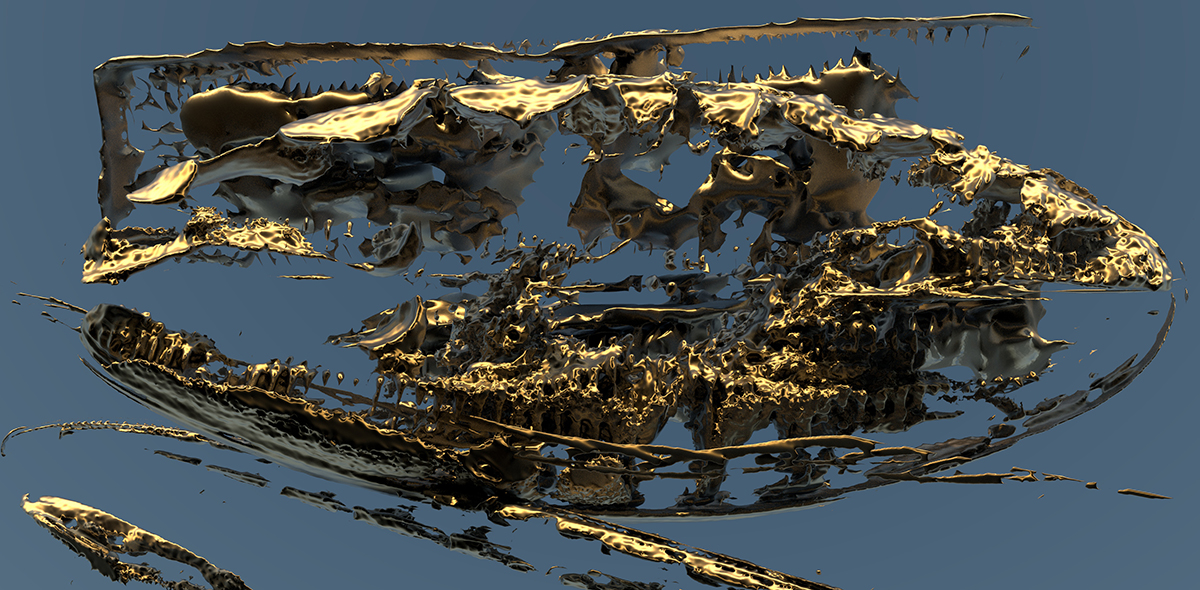Co-visions and Other Local Species
As part of CO-VISION, artists and scientists collaborate in a shared process of research and creation to observe what often escapes the eye: microorganisms like diatoms, species in motion, and ecosystems in transformation.
This project is based on the idea that artistic creation can act as a laboratory of hybrid ecologies, where poetic sensibility, scientific research, and community voices come together to expand our understanding of natural heritage.
We challenge concepts such as “invasive species” or “natural balance” to make space for a more fluid narrative—one that sees the territory as a living, mutating, co-inhabited space. The resulting piece —a digital experience in augmented reality— will be as mutable as the ecosystems it portrays, adapting to each place and moment.
This work will be presented within the framework of the Local Debate, a gathering moderated by Antònia Folguera, bringing together the project’s artists: Carlos Martorell, Jaume Vidal, and Lauren Moffatt; scientists like Rosa Trobajo, a researcher with the Marine Waters Programme at IRTA; and local residents from the Delta to share knowledge, concerns, and visions about the territories we inhabit and transform.
An unscripted conversation, full of diverse voices, reminding us that natural heritage is not just what we look at — but what we live.
Carlos Martorell, Jaume Vidal, and Lauren Moffatt will present the ongoing work of “Mapping the Invisible: Species, Migrations, and Ecological Change”, part of the European project Co-Vision, dedicated to the intersection of art, nature, and digital innovation, and premiering at Eufònic 2026.
Through a digital augmented reality experience inspired by diatoms —essential and nearly imperceptible microscopic organisms— the work questions notions such as invasive species, natural balance, and visibility in nature. Drawing from science, art, and community participation, the resulting piece offers an open, multifaceted narrative that connects different times, places, and voices around the transformation of ecosystems.
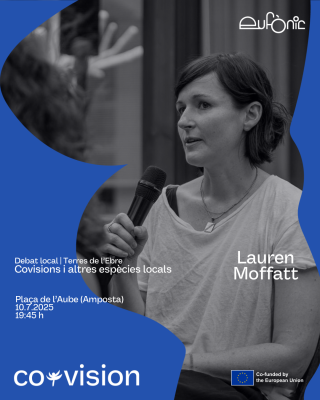

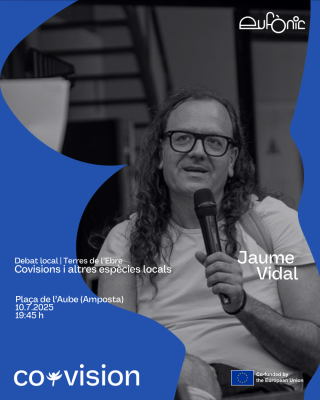
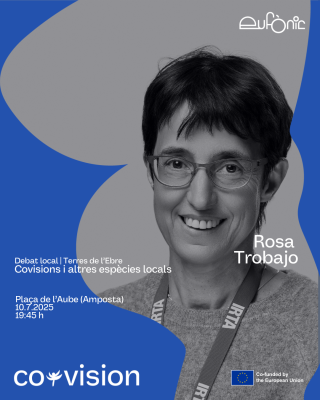
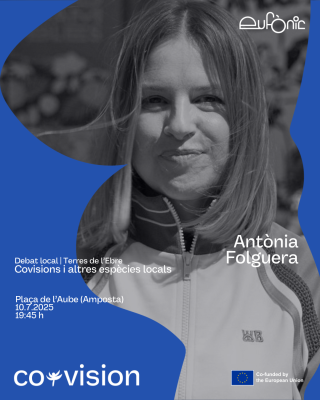
![]()
![]()
